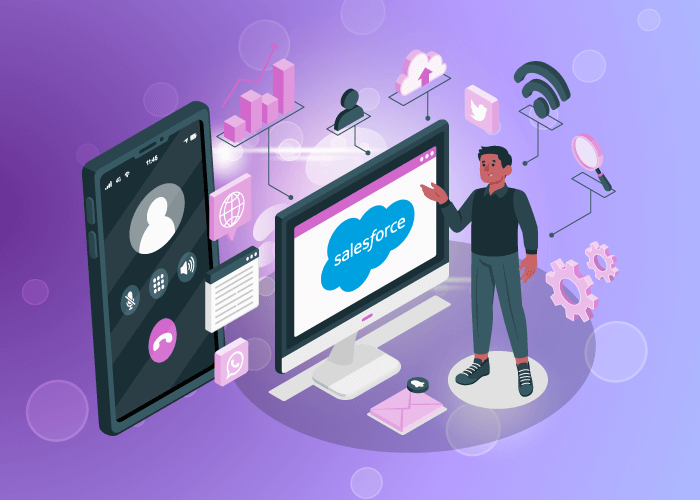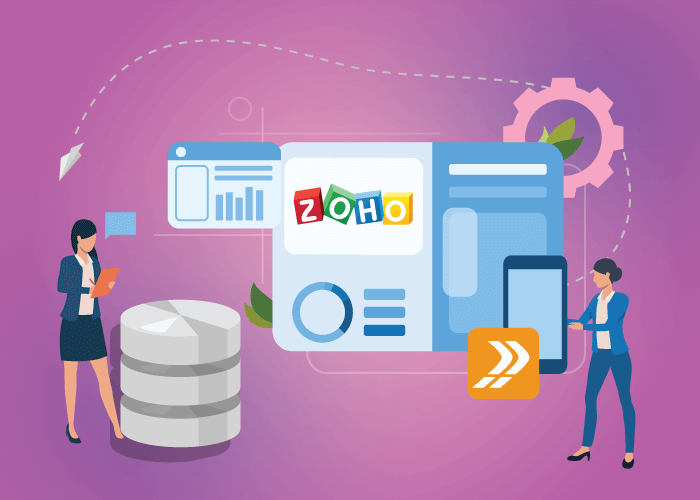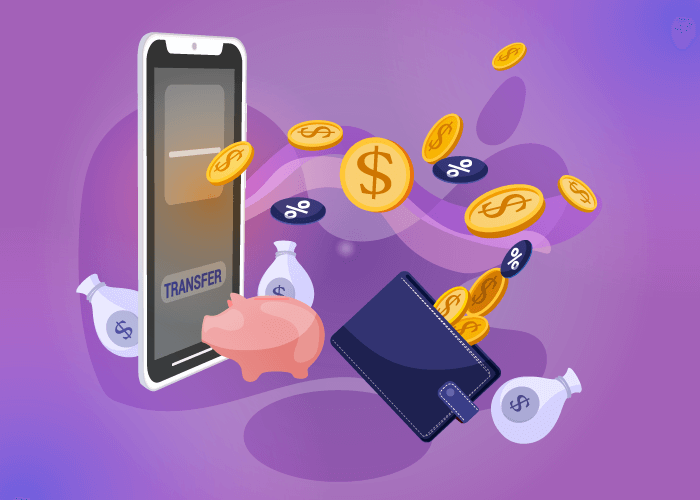The process of contact center agent elevation, also known as escalation, is one of the quickest ways to address customer expectations and queries. As customers want quick and tailored solutions, having a well-prepared escalation system is key.
Proactively managing escalations shows a commitment to customers. This leads to good word-of-mouth, repeat business, and overall growth. And so, adept escalation management is vital for long-term success and expansion by consistently meeting and surpassing customer expectations.
In this article, we’ll cover:
Escalation in Contact Centers
Contact center escalation is the process of identifying and resolving complex customer issues efficiently by elevating these issues to agents better prepared to help. So, this typically involves moving inquiries or issues from one agent to another (or a manager) based on the type and complexity of the issue. This process offers reassurance to customers that their concerns are being addressed seriously, fostering trust and loyalty.
Frequent elevations may also indicate gaps in training, process, and communication within support that require improvements.
What is Contact Center Agent Elevation?
Contact center agent elevation plays a crucial role in customer support, ensuring swift and appropriate resolutions to inquiries or issues.
This process often entails moving customer interactions, chats, or phone calls, to experts or higher-ranking agents when specialized knowledge or intervention is needed. This structured approach involves tiered levels of agent support, each possessing varying degrees of expertise and responsibility.
Picture a customer calling tech support of their broadband provider due to recurring internet disruptions. Initially, a first-level agent handles the call. They are trained in basic troubleshooting and can suggest simple fixes, such as restarting the router.
If the problem persists and seems more intricate, the interaction is elevated to a supervisor or an agent with specialized knowledge in networking and technical configurations. This expert can delve deeper into the problem, analyze network logs, and offer advanced solutions made just for the customer’s specific tech issues.
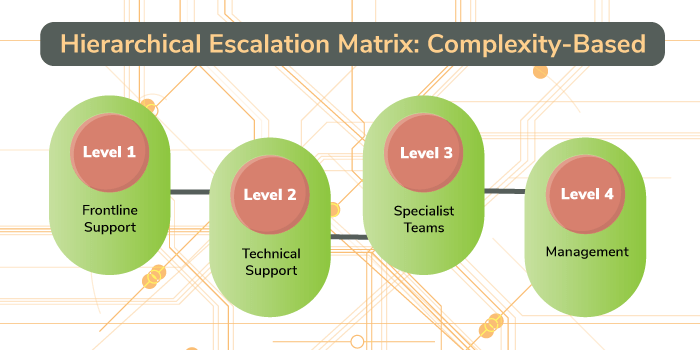
In this way, agent elevation ensures a seamless transition from general support to a specialist. This streamlined process significantly enhances customer experience.
The goal of contact center agent elevation is to provide tailored and effective solutions. Doing so showcases the importance of a well-organized support structure in handling diverse customer needs.
However, a reliance on frequent escalations may also indicate a weakness in the system. While escalation is crucial for comprehensive support, there is a delicate balance that must be maintained. A high frequency of escalations may point to underlying challenges within the system, potentially resulting in longer wait times for customers and lower satisfaction rates.
Impact of Frequent Elevations
Contact center agent elevation operates with a customer-centric approach. This means it focuses more on getting the customer the right, accurate solution as efficiently as possible, even if that means bringing in an expert.
However, frequent elevations can also have a detrimental effect on the overall customer experience. This is because elevations require more effort from the customers to have their issues resolved. They need to explain things again, wait longer for a solution, and provide more details. This leads to extra work, potential back-and-forth with different people, and as a result, angry customers. Plus, your agents will stay stuck on the same call for longer durations, reducing your teams’ responsiveness.
Your business can avoid this by having certain automated processes or resources in place such as:
- Knowledge base or support documentation
- Automated IVR systems that record issue details before sending calls to agents
- Efficient ticketing software that records customer issues so customers don’t have to repeat themselves, and so on.
With that said, let’s look at the positive and negative impacts of frequent agent elevations. Note that understanding these effects is crucial for optimizing the overall efficiency and satisfaction within a contact center.
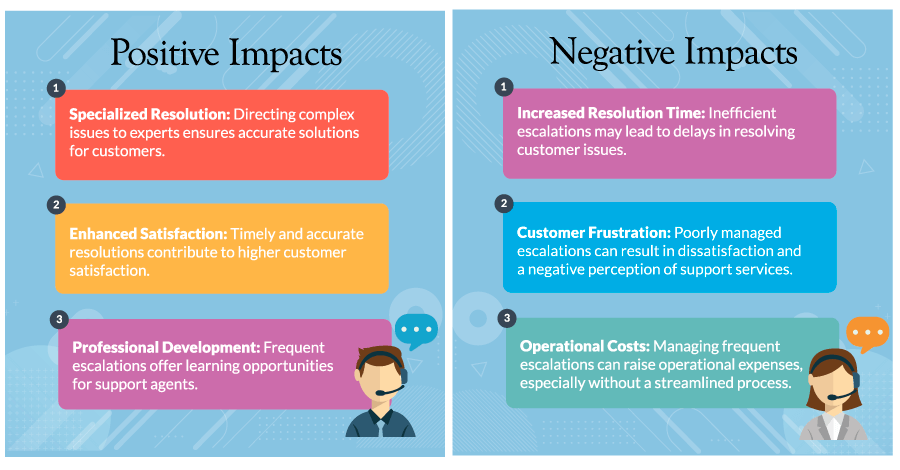
Related: Contact Center Integrations
Common Causes of Agent Elevations
Identifying and addressing instances of elevations promptly is crucial for maintaining high-quality customer service. Let’s delve into the common reasons for contact center agent elevations.
1. Complex Issues
When customers present challenging problems that demand specialized skills or knowledge beyond the frontline agent’s capacity, escalations become necessary.
For instance, a customer is seeking guidance on a highly technical product customization beyond a frontline agent’s expertise. Elevating the inquiry ensures it reaches a specialized team or a senior representative with the necessary technical know-how and expertise. This way, the customer gets the specific and detailed help they need.
2. Communication Challenges
Miscommunication within a contact center can lead to a cascade of issues, resulting in escalations. These may arise for different reasons:
- Agents or customers providing inaccurate information
- Misunderstandings between agents during case transfers
- Language barriers with diverse customer bases
- Lack of clarity in company policies or procedures
- Failure to set proper expectations regarding resolution processes and timelines, and so on.
3. Service Level Agreement (SLA) Adherence
Contact centers often operate under SLAs that define the time frame for resolving customer inquiries or issues. When an agent is unable to meet these SLA requirements, the issue is escalated to expedite resolution and align with predefined service standards.
4. Other Causes Prompting Elevations
• Tool Limitations: If the tools or resources an agent has for solving a problem aren’t enough, they might need to escalate the issue.
• Refund or Financial Matters: Issues involving refunds or financial transactions often warrant careful handling and may require escalation.
• Training Purposes: Some escalations may occur for the purpose of agent training, providing a learning opportunity for enhancing skills and knowledge.
• Authorization Requirements: Issues requiring specific permissions or approvals may necessitate escalation to the appropriate authority.
• Customer Requests: Special requests that go beyond an agent’s immediate scope may need higher-level approval or support. For example, if a customer explicitly asks to engage with a supervisor, the system ensures the agent can quickly arrange that. This quick response is vital to meet customer needs and make sure they’re happy with the service.
How to Track and Minimize Escalations: 10 Tips to be Proactive
One of the best ways to mitigate the impact of escalations is to track and prevent them. A proactive approach includes adequate training for agents, regular assessment of policies, knowledge base, and more.

Here are 10 strategies you can use to track and minimize escalations:
1. Thorough Agent Training
Implement a robust feedback system to gather insights from both customers and agents, allowing for continuous improvement. Foster a culture of empowerment among agents, encouraging them to take ownership of customer issues and escalate only when necessary.
2. Monitor Interactions Actively
Regularly review recorded calls between agents and customers to identify recurring problems or areas where additional training is required. This provides valuable insights into customer pain points, allowing you to address issues at their root and prevent them from escalating in the future. Use call recording to analyze strengths and weaknesses, ultimately ensuring that calls measure up to predetermined benchmarks
3. Create and Utilize Knowledge Base
Develop a comprehensive knowledge base that agents can access swiftly during customer interactions. Populate it with troubleshooting guides, frequently asked questions (FAQs), and step-by-step solutions to common issues. This equips agents to resolve problems independently, minimizing the need for escalation.
4. Streamline Workflows
Analyze your support processes to identify any redundant or inefficient workflows that may contribute to unnecessary escalations. Additionally, monitor escalation trends to pinpoint specific patterns. This proactive assessment enables you to streamline processes, eliminating bottlenecks and reducing the likelihood of issues escalating.
5. Regularly Review and Change Policies
Regular reviews help identify policies that may be inefficient or outdated. By challenging these policies, you can uncover areas where improvements are needed to improve operations and product or system knowledge. For instance, warranty policies that are ambiguous or difficult to understand may lead to customer frustration. A review process can ensure that warranty terms are clear, fair, and aligned with industry standards, reducing escalations related to product defects. It is equally important to analyze the escalation event to prevent future occurrences.
6. Optimize the Escalation Matrix
Build an escalation matrix that focuses on efficiency during critical moments; this can be part of your call center disaster recovery plan. Prepare beforehand and outline who is involved, how the hierarchy will follow, and what technology will be used for seamless transfers. This ensures that escalations, when necessary, are handled swiftly and with precision.
Check our resource on how to design an escalation matrix for tips on improving your customer support system and making it more efficient.
7. Collaborate with Sales and Product Teams
Foster close collaboration between support, sales, and product teams to facilitate quicker and more accurate solutions. Ensure they actively share customer feedback and insights, enabling the product team to make informed adjustments.
Sales can then set realistic expectations based on the product’s capabilities and updates, reducing the chances of customer dissatisfaction and subsequent escalations. Regular interdepartmental meetings can facilitate this continuous loop of communication. This alignment ensures a holistic approach to addressing customer concerns.
8. Proactively De-escalate Situations
Train agents to identify early signs of dissatisfaction and de-escalate situations before they intensify. Focus on implementing a calm and empathetic approach, actively listening to concerns, and providing immediate, clear solutions. Timely intervention can prevent the need for further escalation, such as speaking to higher management.
9. Implement Robust Feedback System
Establish a system for collecting feedback from customers and agents. Encourage continuous input from both customers and staff to identify service gaps and potential pain points early. Use structured forms, surveys, or direct dialogue channels to gather actionable feedback. Ensure the system is easy to use and accessible, prompting timely and honest feedback. This valuable data can highlight areas for improvement, enabling continuous improvement of support processes.
10. Stay Ahead of Industry Trends
Research indicates that 62% of customers anticipate businesses to foresee their needs. It’s important to keep abreast of industry development and customer expectations like this as this will help your support teams to create and adapt strategies to proactively stay ahead of potential issues, minimizing the likelihood of escalations.
Related: Customer Service Expectations for 2024
Advanced Telephony Solutions for Proactive Agent Elevation Management
Advanced call management solutions can help greatly in receiving, tracking, and minimizing contact center elevations. For instance, a good call routing system can direct calls based on criteria like an agent’s skills, expertise, and workload. This ensures complex issues reach qualified agents, reducing the need for higher-level support escalations.
Global Call Forwarding offers a myriad of contact center solutions that have helped businesses worldwide to automate and optimize their business communications. For 27 years now, our modern call solutions have helped businesses scale up successfully.
Talk to our expert today to learn more about what we offer that can help you grow your business!





